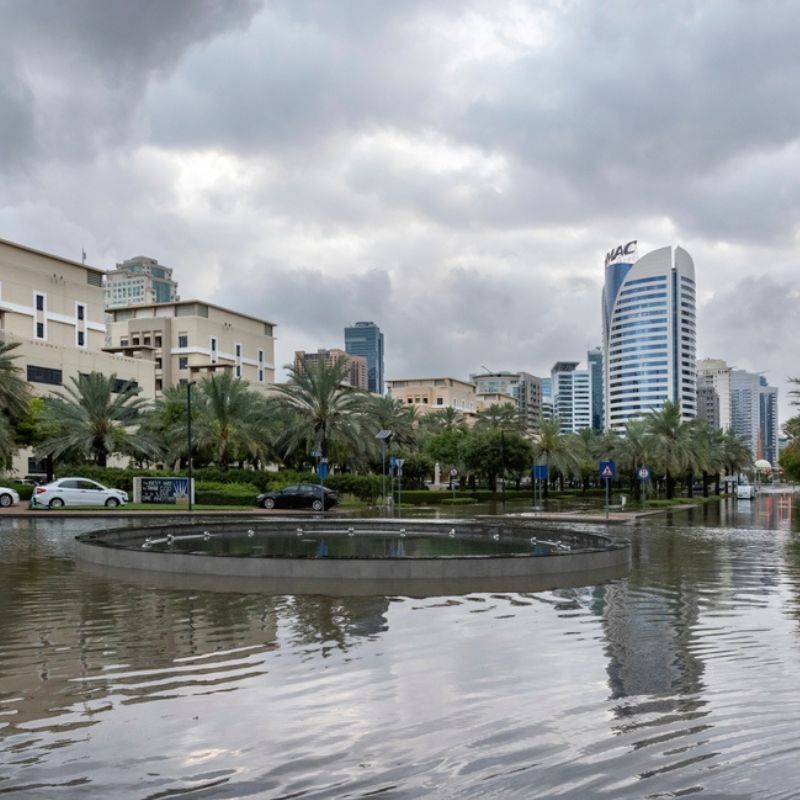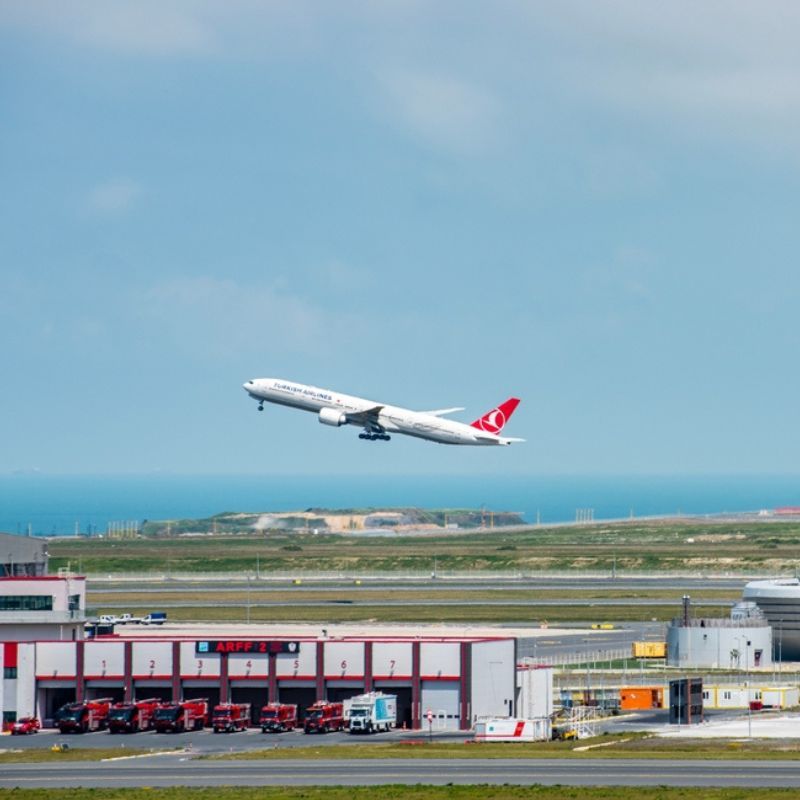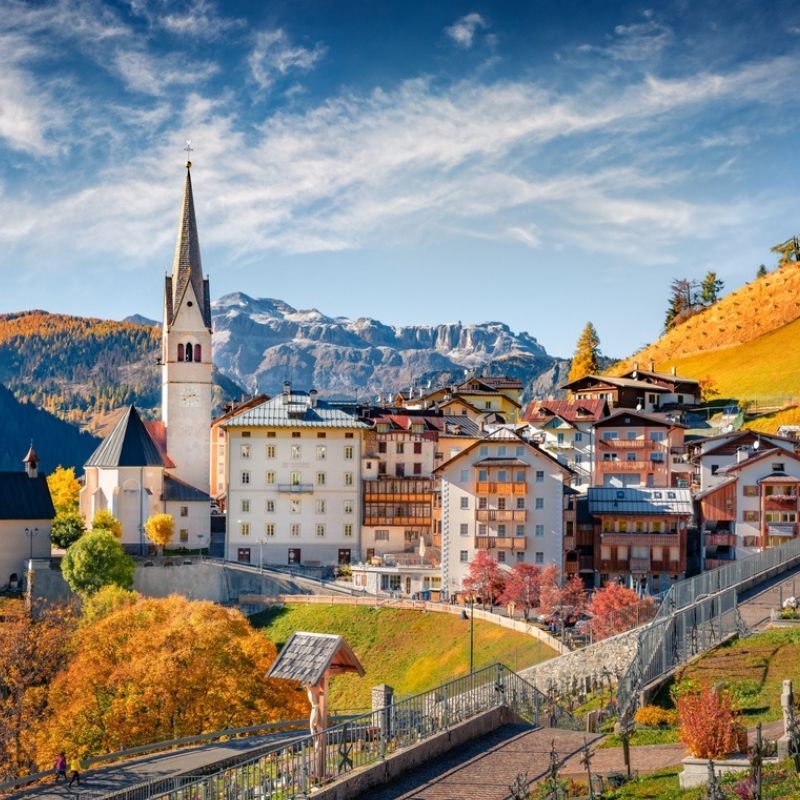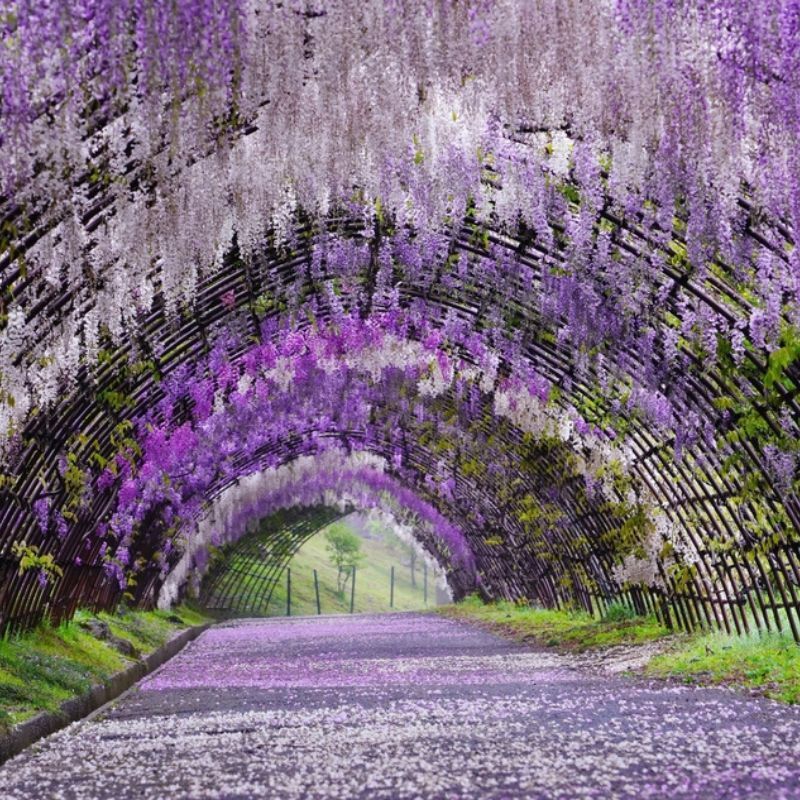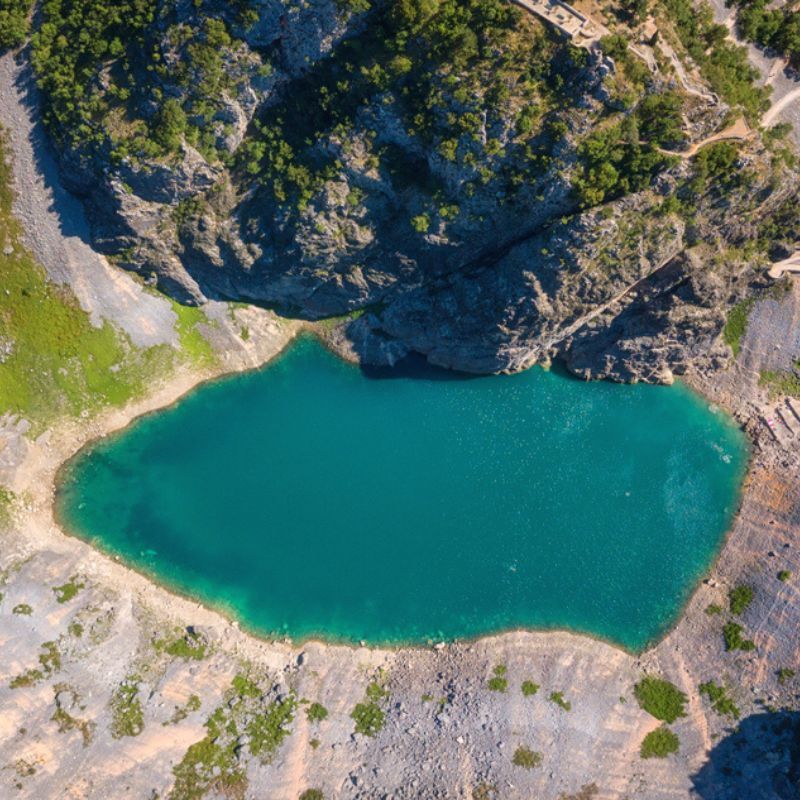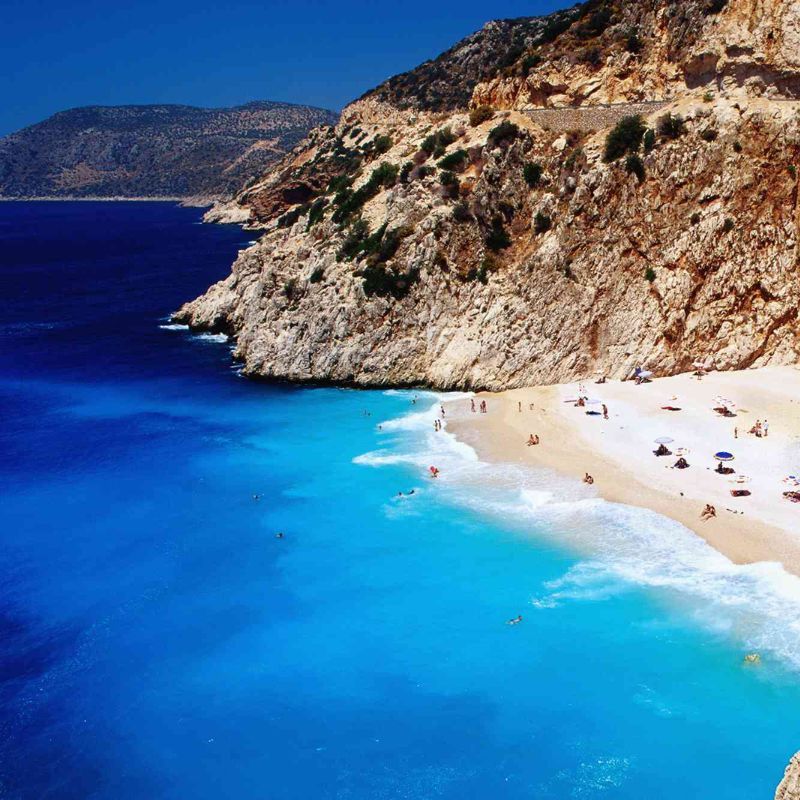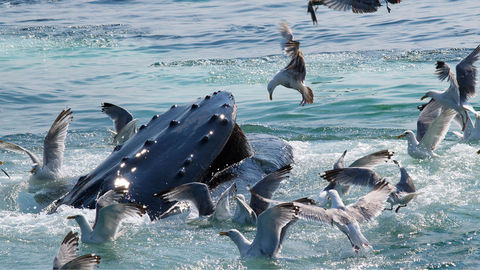
This month, Travel + Leisure India & South Asia reader Nanya Srivastava brings us an exciting close encounter with humpback whales in the waters off the Boston coast. By Nanya Srivastava
Even though the pamphlets guaranteed sightings, the lady at the ticket counter says I can come back any other time in case we don’t see one today. “The tour would be free,” she assures me. But this isn’t an encouraging thing to hear for someone who is due to leave the country in nine hours.
On a whim, I have chosen to spend my last day in the US on the Boston Harbor Whale Watching Cruise. As the catamaran speeds towards the horizon on Massachusetts Bay, I sit on the deck under a scorching sun, wondering why I didn’t bring a hat. The tour guide tells the group about the different kinds of whales that thrive in the region—mostly humpbacks, though finback and minke are also commonly sighted. We are heading to their feeding ground, where a humpback whale was spotted the previous day.
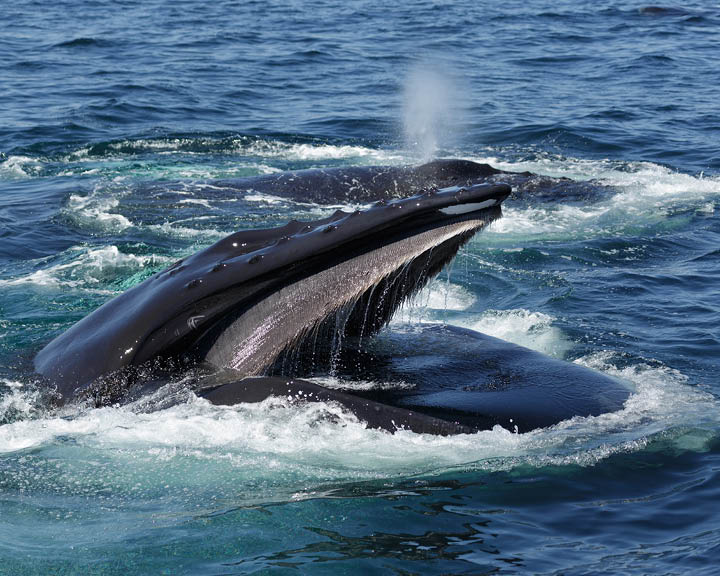
The whale-watching season here begins in April and ends in October, when the whales gather to snack on mackerel, herring, krill, and other small fish, storing all that abundant fat as blubber. During the winter months, they migrate to warmer waters for mating.
An hour later, we arrive at the feeding ground, but there are no whales to be seen. We do, however, spot a pod of dolphins moving towards deeper waters. There are young calves in the pod. “To estimate the number of dolphins in a pod, count the ones on the surface and multiply the number by three,” our tour guide gives us a handy tip, while expressing her surprise at spotting dolphins in peak summer. This is a pod of around 60, she tells us. My myopic eyes that don undercorrected lenses can only make out vague grey shapes in the distance as the pod swiftly races away, and I curse myself for the short-sightedness of not carrying binoculars.
The dolphin sighting has everyone murmuring and moving on the deck, anticipating eyeballs eagerly scanning the ocean. Suddenly, there are excited screams from the other side of the boat. “It’s a humpback!” the guide announces. I arrive just in time to see a massive pair of flippers disappear in the water with a splash. Humpbacks typically dive for four to 10 minutes, but they are capable of holding their breath for almost an hour. We wait for about 10 minutes and decide to move on when the whale doesn’t resurface.
At this point, I am wondering if the tail splash is as good a sighting as I am ever going to get. We see another pod of dolphins, but they, too, pay us no heed. Then the catamaran comes to a choppy halt. There’s a humpback whale at a distance, but again, I can barely see it. Soon, it approaches the boat, as if she’s heard my silent pleas.

She—yes, it’s a female—pauses near the boat, checking us out. Her gigantic head, dotted with tubercles, is clearly visible just beneath the water surface, and we stare at her
mesmerised. Somewhere in the background, the tour guide is telling us that it’s incredibly rare for whales to come this close—this is only the fourth time this has happened in the last three years.
She wants to get a better view and decides to wade under the boat. We let out a collective gasp, suddenly becoming deeply aware of her size. Adult female humpbacks can grow up to 52 feet long. Her name is Nile, and she is as old as me (29 years). She visits Massachusetts every year, and her movements have been well documented over the years.
Nile greets us by spraying us with water from her blowholes. She does this every few minutes, each breath leaving an ephemeral rainbow in its wake. All of a sudden, she raises her head vertically out of the water, hovers for a few seconds, and dips back in. She is “spying” on us, we are told, for we are as much a subject of her curiosity as she is of ours.
Nile lets out low grunts. This is a signal that another humpback, a male, has joined the party. He is 30 years old, and his name is Coral. Together, they circumambulate the boat, scrutinising us from all angles. Coral is less interested, it seems, as he dives for longer periods and stays wary of the boat, though he does go under it a few times—perhaps to
scratch his itchy back. I can imagine him looking at us and wondering, “What’s Nile fussing about?” Now, they sporadically let out high-pitched grunts, probably sharing notes about the curious floating humans.

The two of them are not mates, we are informed. They have formed a temporary pack, most likely to hunt during the feeding season, and they will eventually go their separate ways. Humpbacks are solitary creatures. These baleen whales are popular for their songs, which can be heard for miles.
The rendezvous lasts for 40 minutes. The whales eventually lose interest in us, and we head back to the shore. The return journey seems a lot shorter, though it takes over an hour, as I bask in the memories of an incredible encounter.
To get featured in this section, submit your best travel story to tplusl@burda.in
Related: Whale Watching Hotspots Where You Are Bound To Meet The Gentle Giant!


